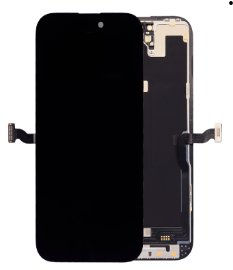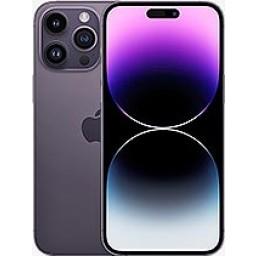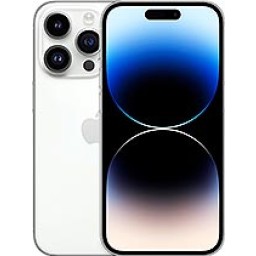Understanding Aftermarket Screen Quality for iPhone 14 Pro and Pro Max Series
iPhone 14 Pro aftermarket screens offer a budget-friendly alternative to Apple’s OEM options. At iFlex Mobile Repair, we prioritize transparency and customer satisfaction, ensuring you understand the distinctions, such as increased thickness and other differences from the original displays. It’s crucial for our customers to know exactly what they are getting when they opt for an aftermarket screen for their iPhone 14 Pro or Pro Max.
What are Aftermarket Screens?

Aftermarket screens are replacement components that are not sourced from the original equipment manufacturer (OEM). While they can be a cost-effective option, it’s crucial to note that they may not always offer the same performance or quality as OEM parts.
Limitations of Aftermarket Screens for iPhone 14 Pro and Pro Max
For those considering an aftermarket screen for their iPhone 14 Pro or Pro Max, here are some specific limitations to keep in mind:
- Screen Functionality During Calls: Aftermarket screens do not black out during calls, which means the screen stays lit and could lead to accidental touches or app activation.
- Screen Lag: Users may experience occasional delays or sluggish response times compared to the seamless performance of OEM screens.
- Physical Fit: Aftermarket screens might be thicker, causing them to protrude slightly from the phone body, which can affect the overall feel and handling.
- Wake-Up Functions: Features like tap-to-wake are not functional on the lock screen when using the always-on display mode.
- Multi-Touch Issues: There may be instances where multi-touch gestures, like using four fingers simultaneously, malfunction.
- Brightness and Color Accuracy: Expect variations in brightness adjustment and color hues, which might differ noticeably from what OEM screens deliver.
- Refresh Rate: The refresh rate of aftermarket screens is typically 59 Hz, significantly lower than the 120 Hz offered by OEM screens, affecting the smoothness of scrolling and overall visual performance.
Recommended Use for Aftermarket Screens
Given these limitations, we recommend aftermarket screens primarily for:
- Temporary Use: Such as during data recovery processes where screen quality is a secondary concern.
- Trade-Ins: If you’re planning to trade in your device and need a functional screen without investing in a high-cost repair.
Booking Your Appointment
If you’re considering an aftermarket screen, or need any other mobile repair services, please book an appointment through our online booking platform. Remember, a $20 deposit is required to secure your slot and help us provide you with timely and efficient service.
Conclusion
At iFlex Mobile Repair, we aim to provide our customers with all the information they need to make informed decisions about their device repairs. While aftermarket screens might be suitable for short-term solutions, we recommend OEM parts for long-term use to ensure the best performance and satisfaction.


